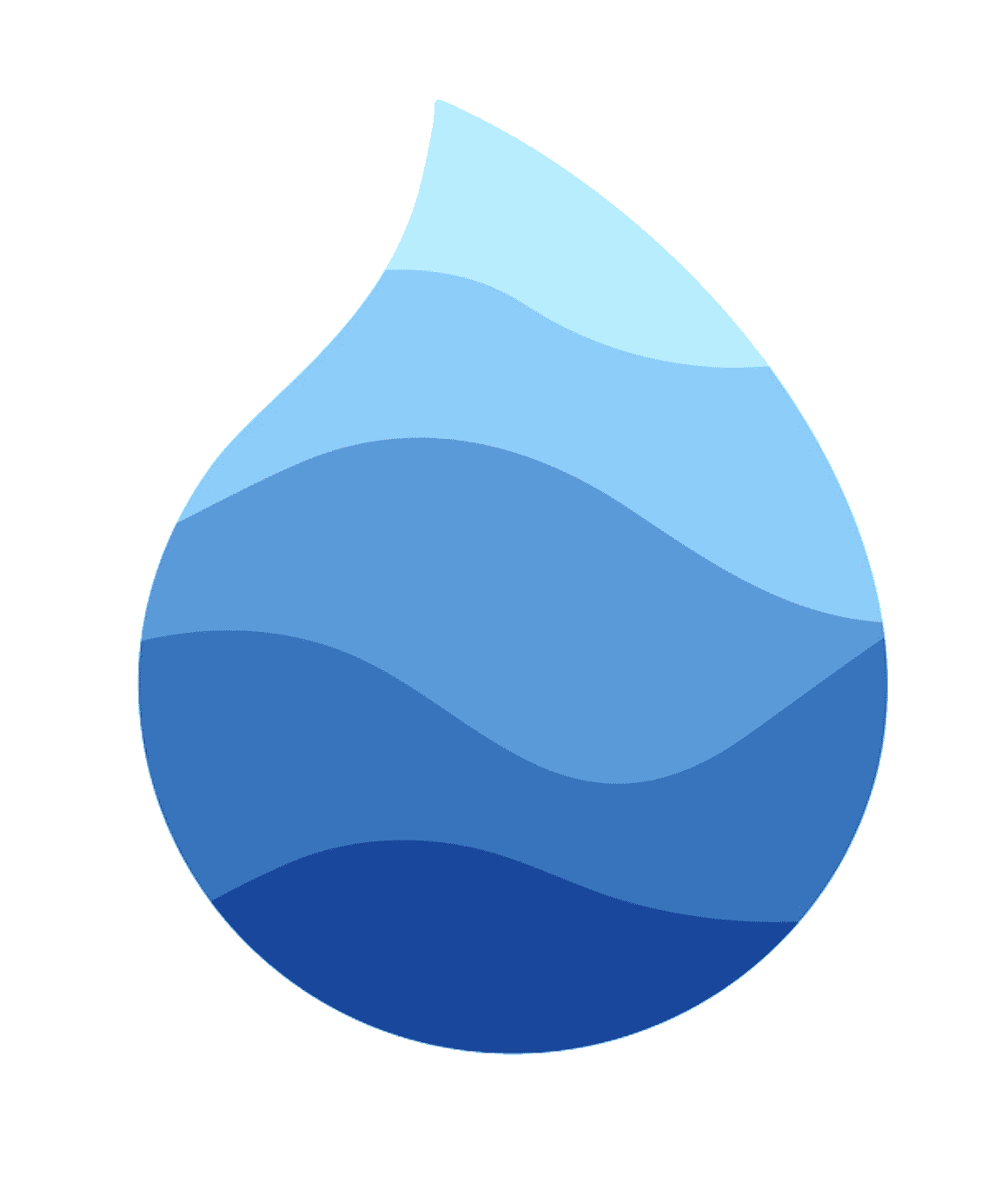Controllers
Introduction
Before starting, let's go over what a controller is for those new.
Here's a quick summary by tutorialspoint.com.
The Controller is responsible for controlling the application logic and acts as the coordinator between the View and the Model. The Controller receives an input from the users via the View, then processes the user's data with the help of Model and passes the results back to the View.
Controller with services
...
class HomeController extends Controller {
AnalyticsService analyticsService;
NotificationService notificationService;
@override
construct(BuildContext context) {
// example services
analyticsService = AnalyticsService();
notificationService = NotificationService();
}
bool sendMessage(String message) async {
bool success = await this.notificationService.sendMessage(message);
if (success == false) {
this.analyticsService.sendError("failed to send message");
}
return success;
}
onTapDocumentation() {
launch("https://nylo.dev/docs");
}
...
In your widget using the controller
class _MyHomePageState extends NyState<MyHomePage> {
...
MaterialButton(
child: Text(
"Documentation",
style: Theme.of(context).textTheme.bodyText1,
),
onPressed: widget.controller.onTapDocumentation,
),
If your widget has a controller, you can use widget.controller to access its properties.
You can use metro make:page mycool_page --controller command to create a new page and controller automatically for you.
You should avoid overloading widgets with functional logic and move it to services for your controller. You can also consider taking advantage of a service/repository pattern if your project requires it.
Creating pages and controllers
You can use the Metro CLI tool to create your pages & controllers automatically.
metro make:page my_cool_page --controller
This will create a new controller in your app/controllers directory and page in your resources/pages directory.
Or you can create a single controller using the below command.
metro make:controller profile_controller
Retrieving arguments from routes
When you navigate to a new page, sometimes you may want to pass in data to a new view. This might look something like the below example.
// User object
User user = new User();
user.firstName = 'Anthony';
// Pass data into the navigation
routeTo('/profile', data: user);
When we navigate to that page we can call widget.data() to get the data.
...
class _ProfilePageState extends NyState<ProfilePage> {
@override
void initState() {
super.initState();
User user = widget.data();
print(user.firstName); // Anthony
}
The routeTo(String routeName, data: dynamic) data parameter accepts dynamic types for the so you can cast the object after it’s returned.

